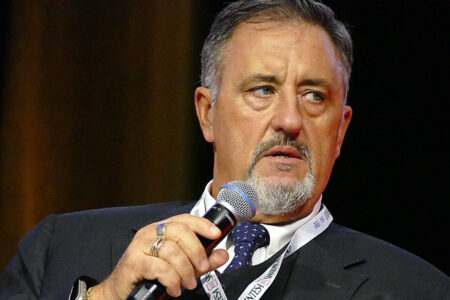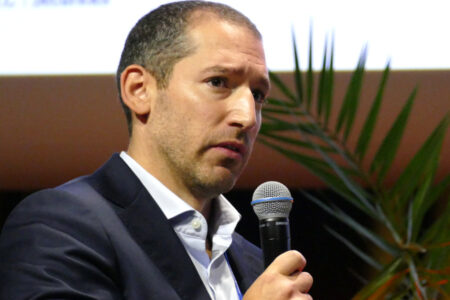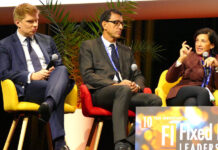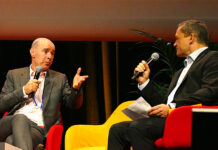Increasing levels of indexation, exchange traded fund (ETF) use, and data availability paint of picture of deeper, more automated credit markets in the future, according to traders speaking at the Fixed Income Leaders’ Summit in Paris.

Gherardo Lenti Capoduri, head of Market Hub, at Intesa Sanpaolo, said, “Cutting cost and lowering barriers to entry are our key drivers for automation, and that is easy if clean and machine readable data is available.”
For buy-side firms with large private banking arms, as well as investment businesses, the potential for automation is helped by receiving multiple smaller trades, which can be more easily process as low touch orders.

Marcel Schnellmann, head of fixed income and FX execution at Zurich Kantonal Bank, “We’re doing full zero touch automation on the private banking (PB) side for rates and IG, on the index side it’s a one click model, with rule set up on MarketAxess, Tradeweb and Bloomberg but it’s the trader who finally selects and evaluates an order. We’re about to move to a zero touch model there too, but we need to be sure the right rules are in place. We are starting in the active side on smaller sizes.”
The buy side is also using automation successfully to deal with spikes in activity as well as low-hanging fruit.

Raphael Stern, global head of fixed income portfolio management, ETF & Indexed Strategies, Invesco, said, “Automation addresses bottlenecks that we deal with. On the month end rebalancing day, trading volumes are very high. With the help of algorithms on the execution side, we feel less bad when we raise a huge number of smaller trades, because the majority of them will be low touch and the trading team can still get the more complex orders executed that have our specific instructions. I think as index PMs, we are challenging clients generally. We’re very specific on what we’re looking for. We monitor executions before and after the trade, trying to reduce whatever slippage we can the next time we trade.”
To move forward, markets are expecting a considerable evolution of the electronic landscape, with dealers’ capacity to trade directly with clients potentially reducing the role of the request for quote model, in favour of price flows.

“The next thing we really want to see in this market is streaming,” Lynn Challenger, global head of trading, at UBS Asset Management. “That not only helps the trader but it helps the portfolio manager, because they actually can see the price before they select the security, and then also just timing. So right now, when you offer a quote, you’re actually asking for a quote this point in time for this specific bond, the results so gives people a better idea of where things are going to trade in and when.”
©Markets Media Europe 2024
©Markets Media Europe 2025













